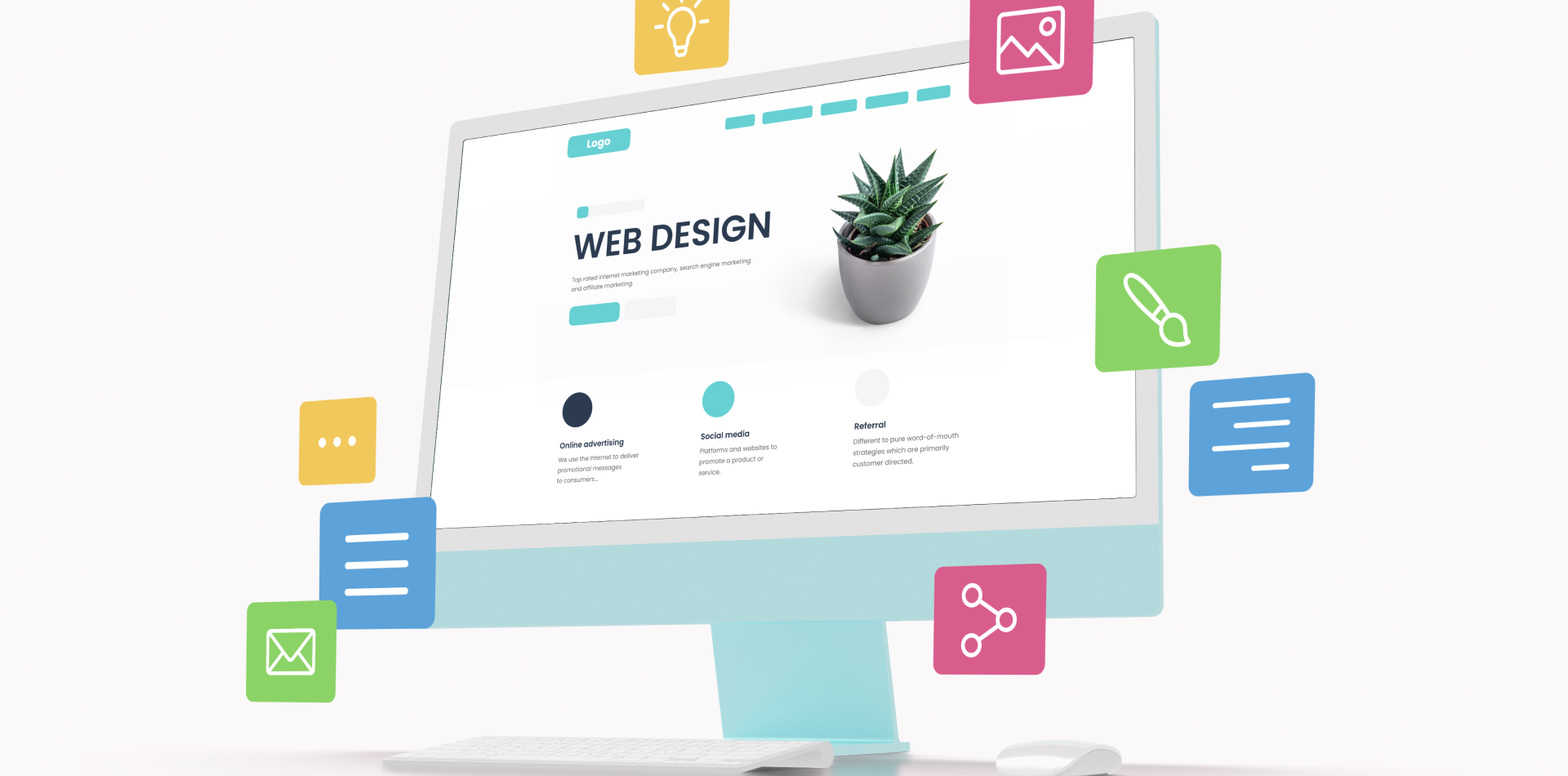Innovation Starts with a New Way of Thinking
In today’s fast-moving, hyper-competitive world, traditional thinking falls short. Businesses can’t afford to solve yesterday’s problems with yesterday’s logic. They need a fresh perspective—a mindset that starts with people, not processes.
Enter design thinking.
Design thinking isn’t just for designers. It’s a structured yet flexible approach to problem-solving, innovation, and creative exploration. It’s how companies like Apple, IDEO, Google, and Airbnb have transformed industries—not by guessing, but by understanding human needs deeply and solving them elegantly.
In this article, we’ll dive deep into what makes design thinking a catalyst for innovation—and how you can use it to spark breakthrough ideas in any team or business.

🧠 What Is Design Thinking, Really?
Design thinking is a human-centered, iterative approach to solving complex problems. It involves understanding users, redefining challenges, and generating ideas that are tested and refined continuously.
At its core, design thinking is about shifting the mindset from “what we think they need” to “what they actually need.”
✨ It replaces assumptions with empathy.
✨ It transforms problems into opportunities.
✨ It blends logic, emotion, and creativity.
Design thinking doesn’t wait for perfection—it favors prototypes, feedback, and constant learning.
🌀 The 5 Stages of Design Thinking (And Why They Matter)
Design thinking isn’t linear—it’s cyclical. The five stages flow into each other and often overlap. Each stage plays a crucial role in driving innovation forward.
🔍 1. Empathize: Understanding Real Human Needs
You can’t solve what you don’t understand. That’s why design thinking begins with empathy.
💬 Conduct interviews, observations, and immersion sessions.
💬 Understand your users’ pain points, motivations, and desires.
💬 Let go of assumptions and listen deeply.
Empathy builds trust and reveals insights no spreadsheet ever could.
🎯 2. Define: Frame the Right Problem
Innovation doesn’t come from solving obvious problems—it comes from reframing them.
🧠 Synthesize your user research into key themes.
🧠 Define the core challenge using user-centered language.
🧠 Create a problem statement that focuses on real needs, not business jargon.
A great definition focuses your energy where it matters most.
💡 3. Ideate: Explore All Possibilities
Now it’s time to think big. In this stage, quantity matters more than quality—at first.
🎨 Run brainstorming sessions without judgment.
🎨 Use creativity exercises like SCAMPER or Crazy 8s.
🎨 Push past the obvious to uncover fresh perspectives.
Remember: some of the best innovations start as the wildest ideas.
🛠 4. Prototype: Bring Ideas to Life Quickly
No more theory—it’s time to get tangible.
🔧 Build low-fidelity prototypes to test your concepts.
🔧 Don’t aim for perfection—aim for clarity and feedback.
🔧 Use tools like sketches, wireframes, mockups, or roleplays.
Prototypes allow you to fail fast, learn faster, and move forward with confidence.
🔄 5. Test: Validate, Iterate, Improve
Testing isn’t the final step—it’s part of the cycle.
📋 Observe how users interact with your prototype.
📋 Gather honest feedback and identify friction points.
📋 Refine your solution and return to earlier stages if needed.
Great innovation is born through iteration, not assumption.
🔥 Why Design Thinking Sparks Innovation Like Nothing Else
Design thinking transforms innovation from a buzzword into a practice. Here’s how it becomes a catalyst:
💥 It brings the customer into every conversation.
💥 It unblocks creative energy across departments.
💥 It encourages experimentation without fear of failure.
💥 It builds solutions based on validation, not guesses.
💥 It aligns teams around purpose-driven progress.
Companies that adopt design thinking consistently build products that resonate, solve real problems, and outperform competitors.
🌍 Real-World Brands Powered by Design Thinking
Let’s look at how some of today’s top brands use design thinking to lead:
🚀 Airbnb: Faced with flatlining growth, the founders went back to the user—literally. They visited hosts, discovered pain points, and redesigned the entire experience. Revenue soared.
🚀 IBM: They trained over 100,000 employees in design thinking, leading to faster time-to-market and billions in new revenue from design-driven solutions.
🚀 Google Ventures: They formalized design thinking into a “design sprint” process to test product ideas in 5 days—now used by hundreds of startups.
These aren’t design companies. They’re innovation-driven companies using design thinking to stay ahead.
📈 Where You Can Apply Design Thinking Today
Design thinking isn’t just for product teams—it’s a universal framework. Use it to:
📌 Improve your onboarding process
📌 Solve user drop-off issues
📌 Create better customer service experiences
📌 Develop internal tools your team actually loves
📌 Build marketing campaigns that connect deeply
Wherever there’s a human problem, there’s a design thinking opportunity.
🚀 Conclusion: Think Like a Designer, Lead Like an Innovator
Design thinking isn’t just a method—it’s a mindset. It trains you to look at the world differently. To ask better questions. To listen before solving. To test before scaling.
When you adopt this way of thinking, you unlock a culture of curiosity, experimentation, and breakthrough ideas.
And that’s what real innovation is all about.
💬 Your Turn: Have You Used Design Thinking in Your Work?
Share your thoughts, wins, or even failures with design thinking in the comments. Let’s learn from each other 💭👇




7 Comments
Sarah Chapman
26 March 2025Fantastic read! Design thinking really helped our team reframe product issues into genuine user opportunities. It’s a game-changer.
Mark Davidson
26 March 2025Loved this! “Replace assumptions with empathy” is such a powerful mindset shift. More businesses need to lead this way.
Emily
26 March 2025Design thinking gave us a whole new lens for marketing. Instead of guessing what would resonate, we just asked the customer.
James Holloway
26 March 2025This broke it down so well. I’ve done sprints before but never fully grasped how important the empathize stage really is. 🔥
Martin
26 March 2025I recently used Crazy 8s with a group of non-designers and it sparked the best ideas of the week. Ideation truly works when you make space for it.
Daniel Ford
26 March 2025You nailed it—design thinking isn’t a designer’s tool, it’s a leadership approach. Reframing problems saved our project last quarter.
Linton
26 March 2025Airbnb’s story is my favorite example. Talk to your users—it’s so simple yet so overlooked in corporate spaces.